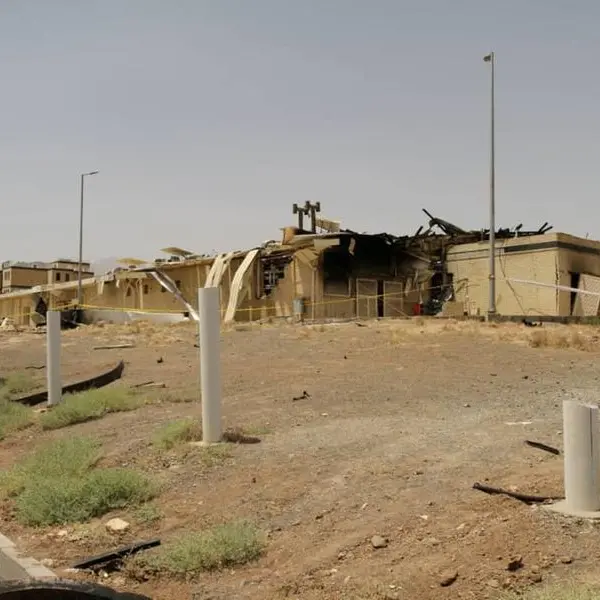Turkish lira’s fall: Indian rupee dragged lower
Following a disastrous Monday for the Turkish lira, contagion fears have led to the weakening of Asian emerging market currencies. In particular, the INR dropped to a record low of 70.08 against the USD on Tuesday, keeping its position as Asia’s worst-performing currency this year (-8.6 percent) as sentiment deteriorated on worsening current account and fiscal deficit as well as uncertainty heading into the elections.
For India’s case, a weaker currency makes imports more expensive while higher oil prices contribute to rising price pressure. The country’s trade deficit reached a five-year high of $18 billion in July 2018 driven by the higher oil import bill.
The Reserve Bank of India (RBI) has so far depleted $23 billion in foreign reserves to help manage currency volatility. Recently released data from the government had shown some respite in headline inflation coming in at 4.17 percent, below market expectations, owing to lower price increases of food, clothing and perishables, while core consumer price index (CPI) inflation eased slightly but stayed high at 6.2 percent year-on-year.
India’s economy continues to grow faster than any other major nation. Despite INR weakness, Indian sovereign bonds remained resilient with the yield of the 10-year local-currency government bond down one basis point at 7.81 percent yesterday. Post rate hike in June 2018, the RBI raised its inflation forecast for the six months to 31 March 2019 to 4.8 percent from 4.7 percent.
Indonesian rupiah: Not spared by Turkey carnage
Besides India, the other country with twin deficits is Indonesia. Indonesia’s current account deficit widened from 2.2 percent in the previous quarter to 3 percent of gross domestic product (GDP) in the second quarter of 2018 owing to a drop in non-oil and gas trade surplus and a higher deficit in the oil and gas trade balance.
The IDR has fallen by as much as 1.3 percent since last week and is at 14,626 against the USD at the time of writing. Fortunately for Indonesia, inflation remained benign at 3.2 percent in July 2018 and this has, so far, allowed the government to stimulate growth through infrastructure works without overheating the economy.
Bank Indonesia (BI) has so far been decisive, and lifted rates pre-emptively by one percentage point in May and June this year to defend its currency.
With risk rising in the emerging market segment due to the financial rout in Turkey, the Indonesian government is now aiming to reduce imports and improve export competitiveness, with a renewed push for tourism on portfolio outflows.
The IDR fell to the weakest level in three years this week but unlike India, the bond yield of the 10-year local-currency Indonesian government rose by 23 basis points in a week to 7.9 percent, looking to cross 8 percent. Foreigners own roughly 40 percent of Indonesia’s sovereign debts.
The market awaits BI’s monetary decision today. The majority of economists expect BI to leave rates unchanged.
Any opinions expressed here are the author’s own.
Disclaimer: This article is provided for informational purposes only. The content does not provide tax, legal or investment advice or opinion regarding the suitability, value or profitability of any particular security, portfolio or investment strategy. Read our full disclaimer policy here.











